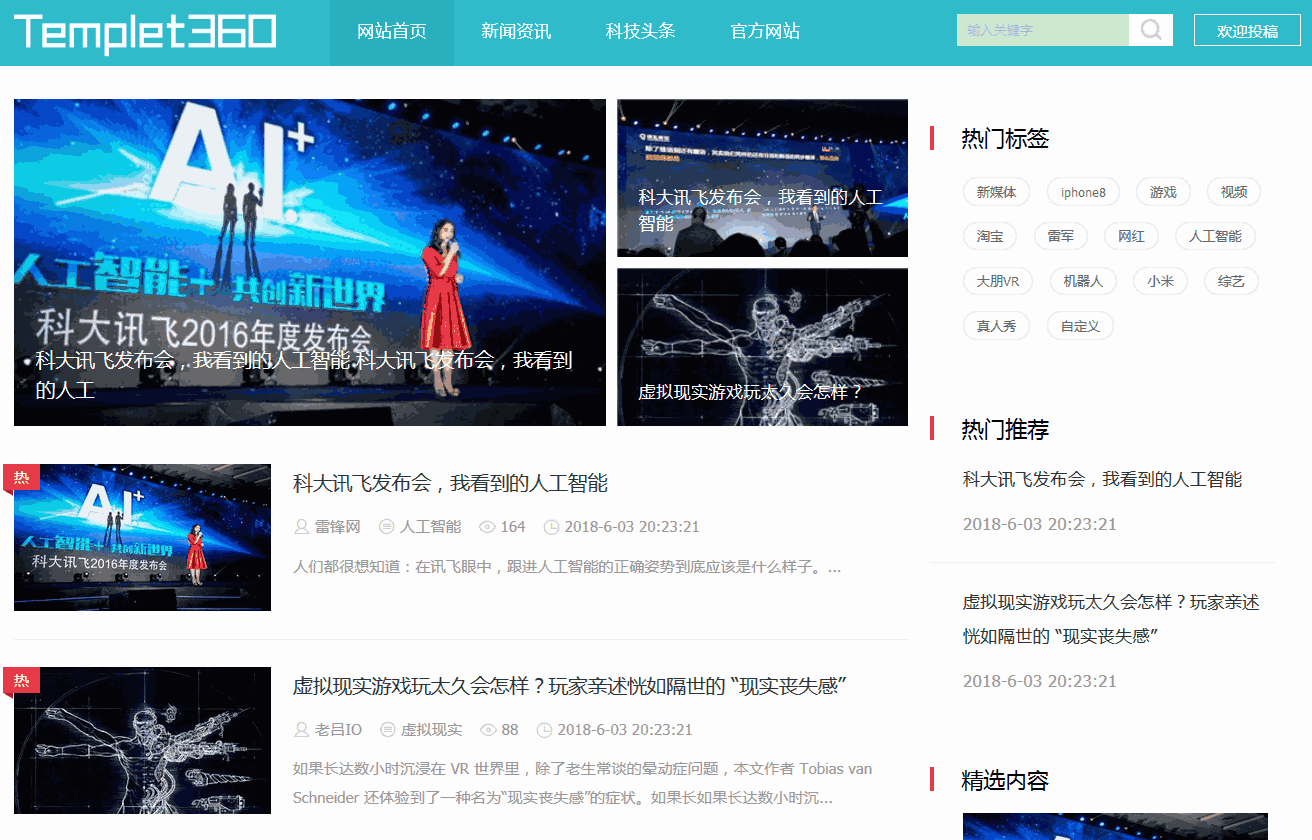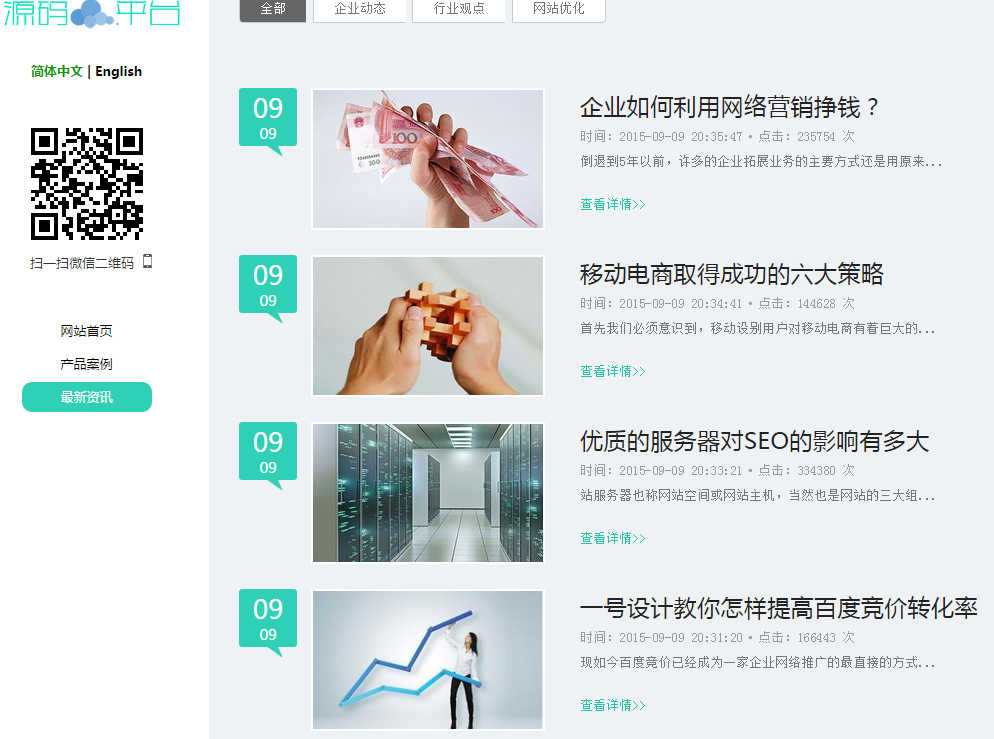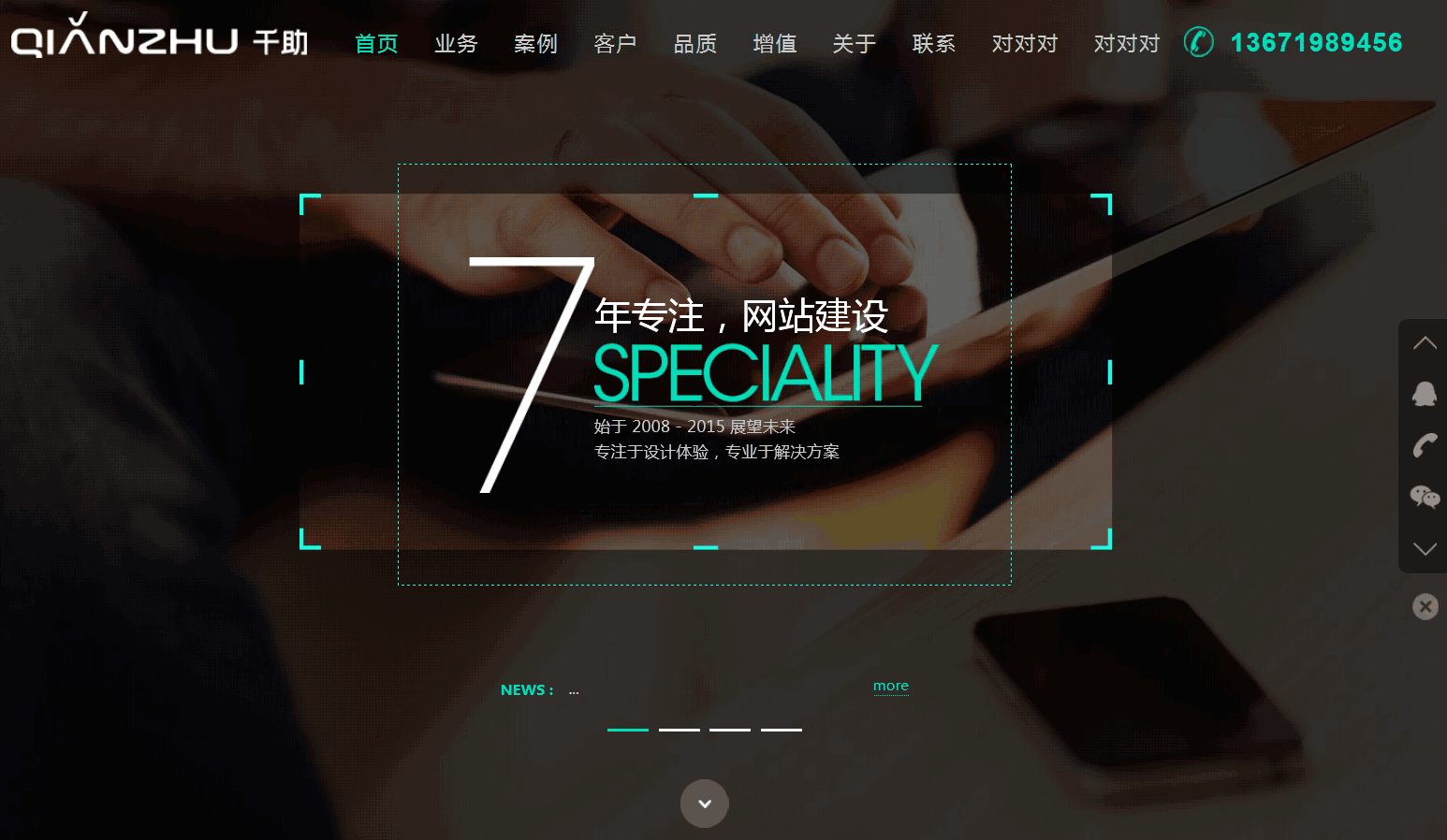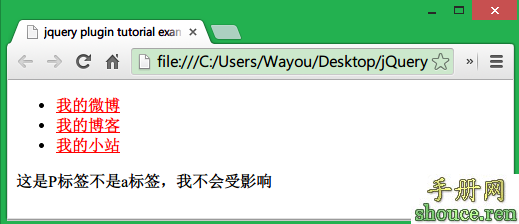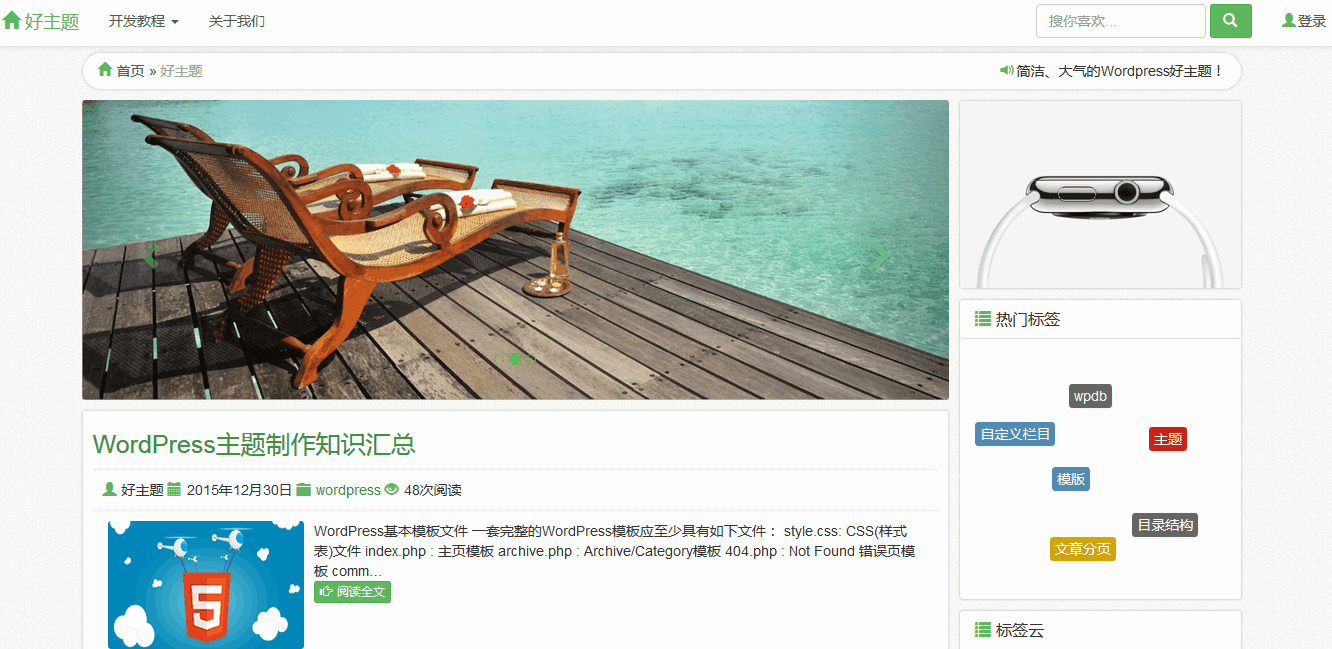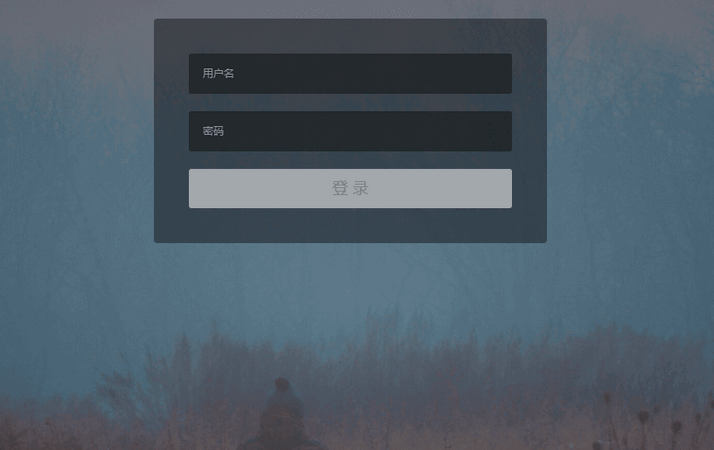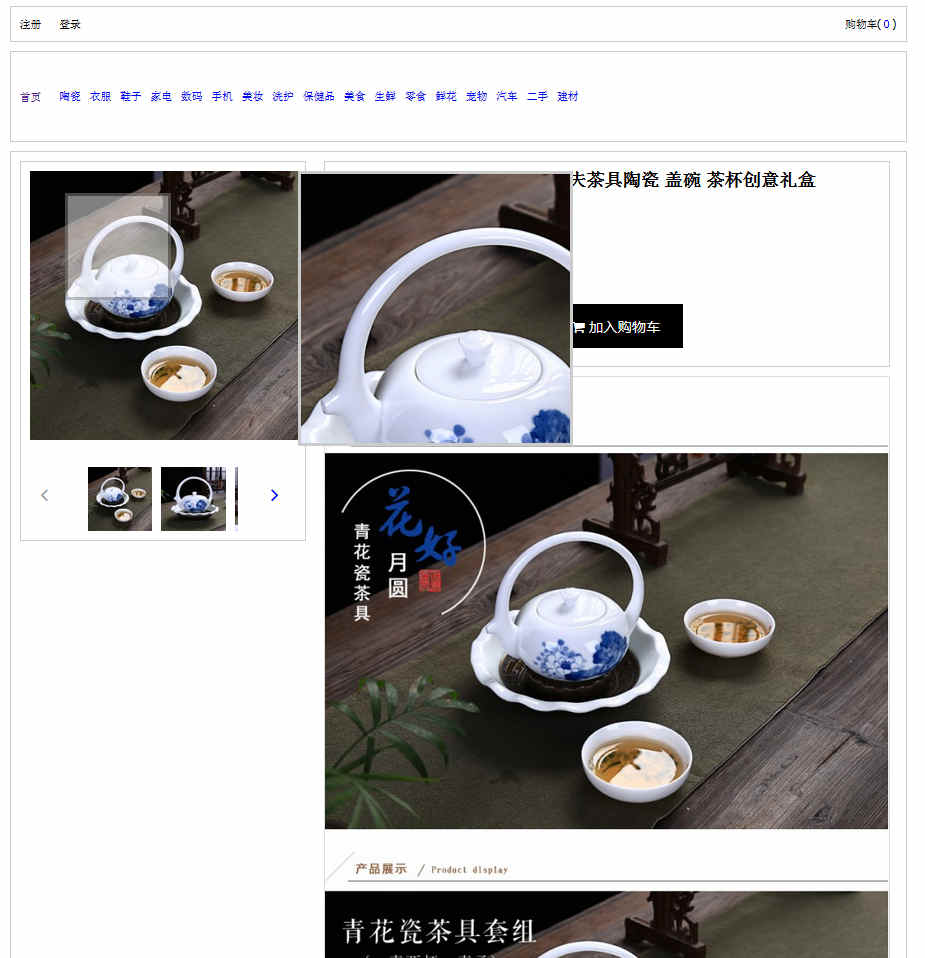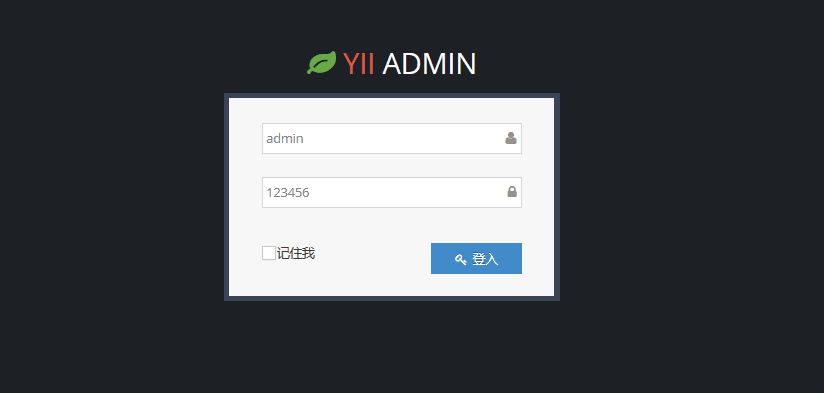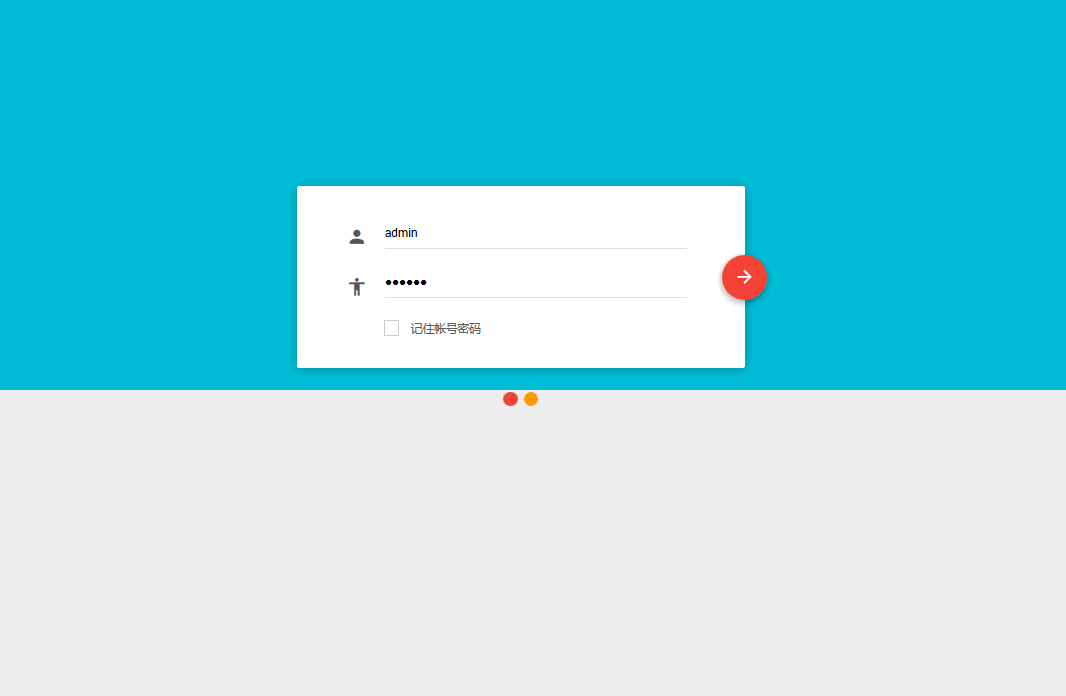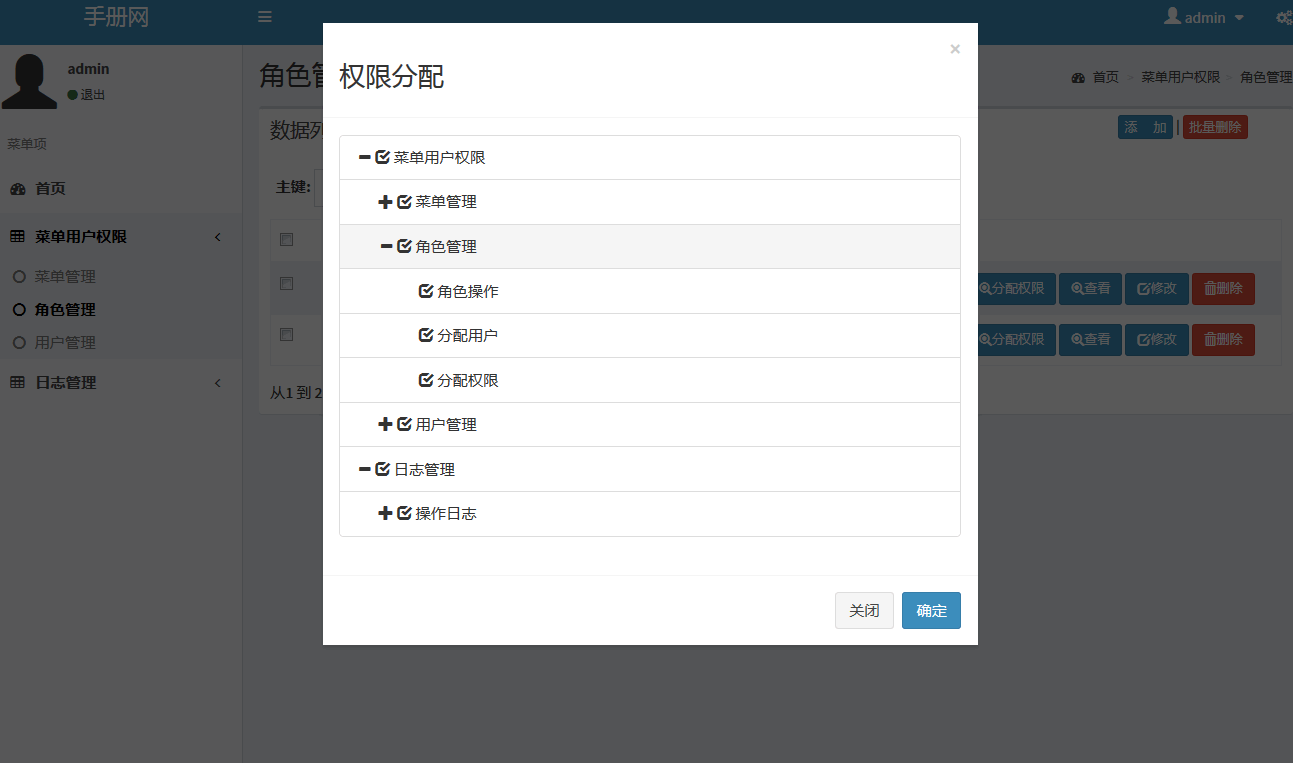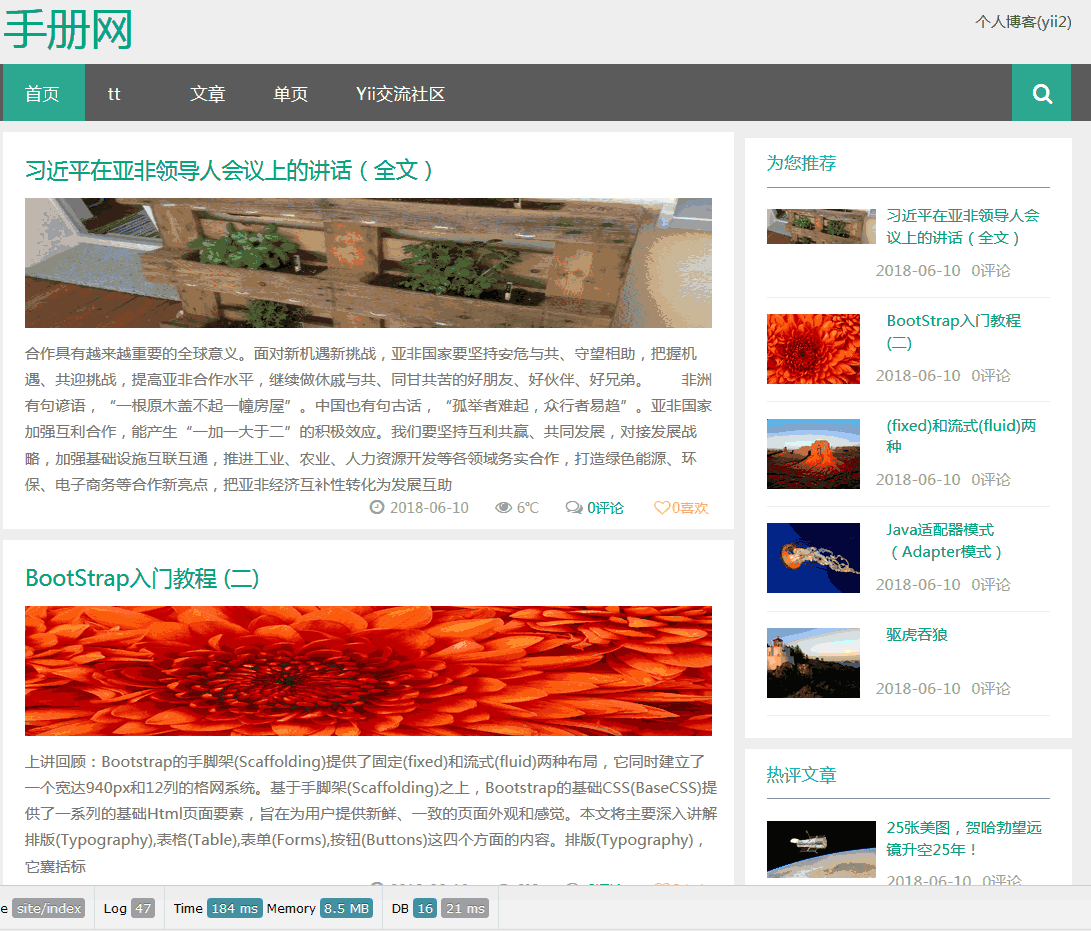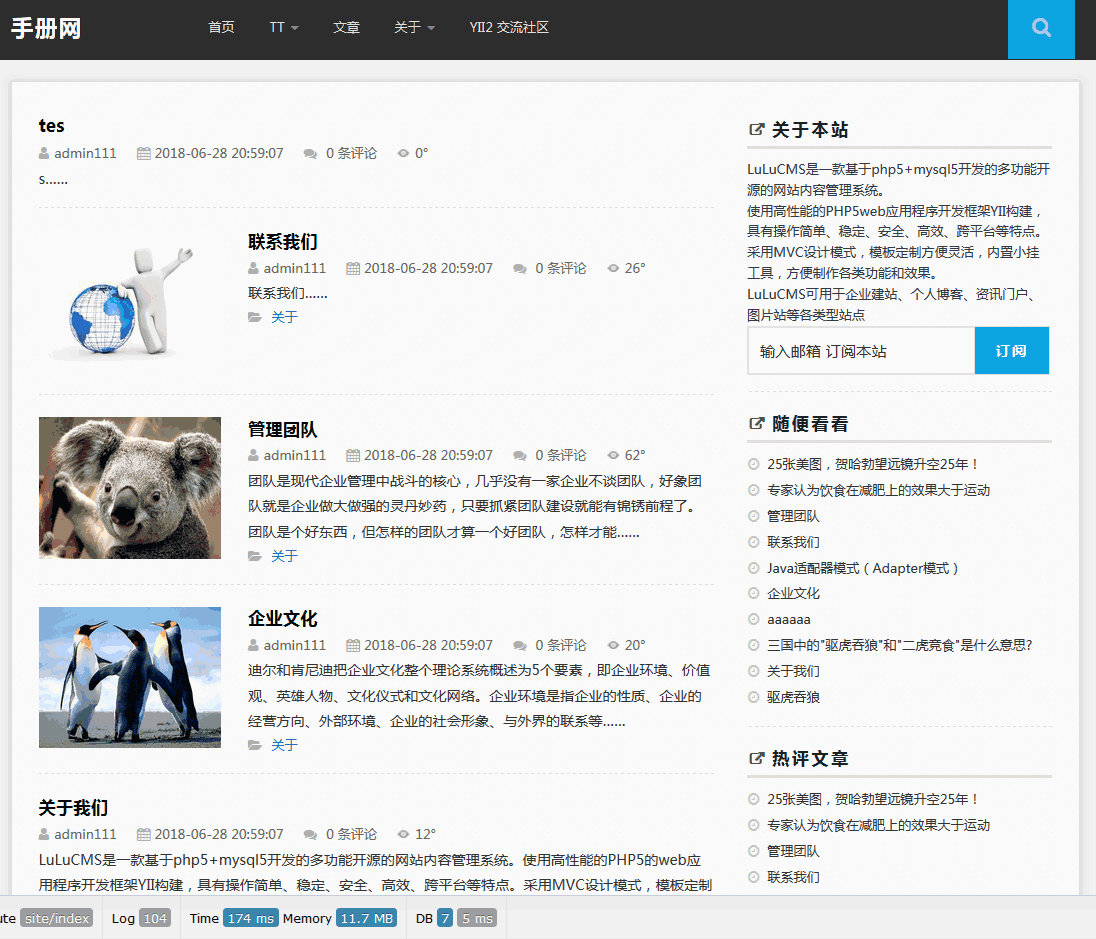struts2+json+android整合开发解析
首先我们来开发服务器端程序,此案例采用eclipse开发工具
首先create a Dynamic web project项目,在Dynamic Web Project界面中配置Target runtime 及 Dynamic web module version (此版本案例选择的为2.5),点击完成即可。
搭建struts2的开发环境,引入以下类库文件,
struts2-json-plugin-2.1.8.1.jar
json-lib-2.1.jar
commons-collections-3.2.jar
commons-beanutils-1.7.0.jar
commons-lang-2.3.jar
commons-logging-1.0.4.jar
ezmorph-1.0.3.jar
这7个包是返回json形式的数据必须的。因为json大量引用了Apache commons的包,所以要加入4个,commons包,除了commons的包外,还需要引入一个
ezmorph的包。最后加入struts2必须的6个包:
struts2-core-2.1.8.1.jar
xwork-core-2.1.6.jar
ognl-2.7.3.jar
freemarker-2.3.15.jar
commons-fileupload-1.2.1.jar
commons-io-1.3.2.jar
修改web.xml及添加struts.xml文件()
web.xml内容如下:
<?xml version="1.0" encoding="UTF-8"?>
<web-app id="WebApp_9" version="2.4" xmlns="http://java.sun.com/xml/ns/j2ee"
xmlns:xsi="http://www.w3.org/2001/XMLSchema-instance"
xsi:schemaLocation="http://java.sun.com/xml/ns/j2ee http://java.sun.com/xml/ns/j2ee/web-app_2_4.xsd">
<display-name>Struts Blank</display-name>
<filter>
<filter-name>struts2</filter-name>
<filter-class>org.apache.struts2.dispatcher.ng.filter.StrutsPrepareAndExecuteFilter</filter-class>
</filter>
<filter-mapping>
<filter-name>struts2</filter-name>
<url-pattern>/*</url-pattern>
</filter-mapping>
<welcome-file-list>
<welcome-file>index.html</welcome-file>
</welcome-file-list>
</web-app>
struts.xml位于src目录内容如下:
<?xml version="1.0" encoding="UTF-8" ?>
<!DOCTYPE struts PUBLIC
"-//Apache Software Foundation//DTD Struts Configuration 2.0//EN"
"http://struts.apache.org/dtds/struts-2.0.dtd">
<struts>
</struts>
创建相应的实体bean,业务层及action层
package cn.redarmy.domain;
import java.io.Serializable;
public class Good implements Serializable {
/**
*
*/
private static final long serialVersionUID = 1L;
private Integer id;
private String name;
private float price;
//省去了.构造器 set,get方法
//service层
接口:
import java.util.List;
import cn.redarmy.domain.Good;
public interface GoodService {
public abstract List<Good> getNewsGood();
public abstract Good findGood();
}
类:
package cn.redarmy.service.impl;
import java.util.ArrayList;
import java.util.List;
import cn.redarmy.domain.Good;
import cn.redarmy.service.GoodService;
public class GoodServiceImpl implements GoodService {
/* (non-Javadoc)
* @see cn.redarmy.service.impl.GoodService#getNewsGood()
*/
@Override
public List<Good> getNewsGood() {
// 定义返回的结果集
List<Good> goods = new ArrayList<Good>();
// 在这里可以到数据库中查询最新的商品信息
goods.add(new Good(1, "苹果ipad2", 3688));
goods.add(new Good(2, "thinkPad E40 0579A12", 3799));
goods.add(new Good(3, "thinkPad", 3688));
goods.add(new Good(4, "苹果ipad2保护膜", 400));
return goods;
}
/* (non-Javadoc)
* @see cn.redarmy.service.impl.GoodService#findGood()
*/
@Override
public Good findGood() {
// 也是从数据库中查询出来的
Good good = new Good(1, "苹果ipad2", 3688);
return good;
}
}
Action:
package cn.redarmy.action;
import java.util.List;
import cn.redarmy.domain.Good;
import cn.redarmy.service.GoodService;
import cn.redarmy.service.impl.GoodServiceImpl;
import com.opensymphony.xwork2.ActionSupport;
public class GoodAction extends ActionSupport {
/**
*
*/
private static final long serialVersionUID = 6340167538296898588L;
// 定义业务操作bean
private GoodService goodService = new GoodServiceImpl();
// 定义返回的对象
private List<Good> goods;
private Good good;
public List<Good> getGoods() {
return goods;
}
public void setGoods(List<Good> goods) {
this.goods = goods;
}
public Good getGood() {
return good;
}
public void setGood(Good good) {
this.good = good;
}
// 查询最新商品
public String findAll() {
goods = goodService.getNewsGood();
return SUCCESS;
}
// 查询单个商品
public String findById() {
good = goodService.findGood();
return SUCCESS;
}
}
配置后的struts.xml文件内容如下:
<?xml version="1.0" encoding="UTF-8" ?>
<!DOCTYPE struts PUBLIC
"-//Apache Software Foundation//DTD Struts Configuration 2.0//EN"
"http://struts.apache.org/dtds/struts-2.0.dtd">
<struts>
<constant name="struts.enable.DynamicMethodInvocation" value="false" />
<constant name="struts.devMode" value="false" />
<!-- extends 继承json-default -->
<package name="default" namespace="/csdn" extends="json-default">
<action name="findGood" class="cn.redarmy.action.GoodAction"
method="findById">
<!-- 设置返回类型为json -->
<result name="success" type="json">
<param name="includeProperties">
good\.id,good\.name,good\.price
</param>
</result>
<result name="input">/WEB-INF/index.jsp</result>
</action>
<action name="listNewsGoods" class="cn.redarmy.action.GoodAction"
method="findAll">
<!-- 设置返回类型为json -->
<result name="success" type="json">
<param name="includeProperties">
goods\[\d+\]\.id,goods\[\d+\]\.name,goods\[\d+\]\.price
</param>
</result>
<result name="input">/WEB-INF/index.jsp</result>
</action>
</package>
</struts>
至此服务器端开发已经完毕,在这里我比没有真正的从数据库提取数据,而是写死得,但如果连接数据库的操作那对于你来说应该不难吧!
上面我们重点介绍了struts2+json+android服务器段的开发,那接着我们就重点介绍在android客户端是怎么解析json集合|实体对象的方式
1、首先在这里我们新建一个android2.2的项目,新建完毕后因为此项目要进行网络访问操作,所以第一步应该在androidMainifest.xml文件中添加网络访问权限代码如下:
<uses-permission android:name="android.permission.INTERNET"></uses-permission>
2、然后创建业务bean及service对应的类代码如下:
业务Bean与上节课程中的业务一致。
Servcie层:
接口:
package cn.redarmy.service;
import java.util.List;
import cn.redarmy.domain.Good;
public interface GoodService {
// 获取最新的商品信息
public abstract List<Good> findAll();
// 获取最新的单个商品的详细信息
public abstract Good findById();
}
Service接口的实现类:在这里我们首先完成对商品的详细信息的解析:
package cn.redarmy.service.Impl;
import java.io.IOException;
import java.net.URI;
import java.net.URISyntaxException;
import java.util.ArrayList;
import java.util.List;
import org.apache.http.HttpEntity;
import org.apache.http.HttpResponse;
import org.apache.http.client.ClientProtocolException;
import org.apache.http.client.HttpClient;
import org.apache.http.client.methods.HttpGet;
import org.apache.http.impl.client.DefaultHttpClient;
import org.apache.http.util.EntityUtils;
import org.json.JSONArray;
import org.json.JSONException;
import org.json.JSONObject;
import cn.redarmy.domain.Good;
import cn.redarmy.service.GoodService;
public class GoodServiceImpl implements GoodService {
// 获取最新的商品信息
/* (non-Javadoc)
* @see cn.redarmy.service.Impl.GoodService#findAll()
*/
@Override
public List<Good> findAll() {
// 创建请求HttpClient客户端
HttpClient httpClient = new DefaultHttpClient();
// 创建请求的url
String url = "http://192.168.4.32:8080/shop/csdn/listNewsGoods.action";
try {
// 创建请求的对象
HttpGet get = new HttpGet(new URI(url));
// 发送get请求
HttpResponse httpResponse = httpClient.execute(get);
// 如果服务成功返回响应
if (httpResponse.getStatusLine().getStatusCode() == 200) {
HttpEntity entity = httpResponse.getEntity();
if (entity != null) {
// 获取服务器响应的json字符串
String json = EntityUtils.toString(entity);
return parseArrayJosn(json);
}
}
} catch (Exception e) {
e.printStackTrace();
}
return null;
}
//解析json数组对象
private List<Good> parseArrayJosn(String json) {
List<Good> goods = new ArrayList<Good>();
try {
JSONArray array = new JSONObject(json).getJSONArray("goods");
for (int i = 0; i < array.length(); i++) {
JSONObject obj = array.getJSONObject(i);
Good good = new Good(obj.getInt("id"), obj.getString("name"),
(float) obj.getDouble("price"));
goods.add(good);
}
} catch (JSONException e) {
e.printStackTrace();
}
return goods;
}
// 获取最新的单个商品的详细信息
/* (non-Javadoc)
* @see cn.redarmy.service.Impl.GoodService#findById()
*/
@Override
public Good findById() {
// 创建请求HttpClient客户端
HttpClient httpClient = new DefaultHttpClient();
// 创建请求的url
String url = "http://192.168.4.32:8080/shop/csdn/findGood.action";
try {
// 创建请求的对象
HttpGet get = new HttpGet(new URI(url));
// 发送get请求
HttpResponse httpResponse = httpClient.execute(get);
// 如果服务成功返回响应
if (httpResponse.getStatusLine().getStatusCode() == 200) {
HttpEntity entity = httpResponse.getEntity();
if (entity != null) {
// 获取服务器响应的json字符串
String json = EntityUtils.toString(entity);
return parseObjJosn(json);
}
}
} catch (Exception e) {
e.printStackTrace();
}
return null;
}
//解析json的单个对象
private Good parseObjJosn(String json) {
JSONObject obj = null;
try {
obj = new JSONObject(json).getJSONObject("good");
Good good = new Good(obj.getInt("id"), obj.getString("name"),
(float) obj.getDouble("price"));
return good;
} catch (JSONException e) {
e.printStackTrace();
}
return null;
}
}
创建用于显示商品信息的listView及对应的组件
创建good.xml文件
<?xml version="1.0" encoding="utf-8"?>
<LinearLayout
xmlns:android="http://schemas.android.com/apk/res/android"
android:layout_width="match_parent"
android:layout_height="match_parent" android:orientation="horizontal">
<TextView android:layout_height="wrap_content" android:text="TextView" android:id="@+id/name" android:layout_width="200dip"></TextView>
<TextView android:layout_height="wrap_content" android:text="TextView" android:id="@+id/price" android:layout_width="match_parent"></TextView>
</LinearLayout>
在main.xml文件中添加listView组件
<?xml version="1.0" encoding="utf-8"?>
<LinearLayout xmlns:android="http://schemas.android.com/apk/res/android"
android:orientation="vertical"
android:layout_width="fill_parent"
android:layout_height="fill_parent"
>
<ListView android:layout_height="wrap_content" android:layout_width="match_parent" android:id="@+id/goods"></ListView>
</LinearLayout>
最后完成GoodActivity的编写代码如下:
package cn.redarmy.activity;
import java.util.ArrayList;
import java.util.HashMap;
import java.util.List;
import android.app.Activity;
import android.os.Bundle;
import android.util.Log;
import android.widget.ListView;
import android.widget.SimpleAdapter;
import cn.redarmy.domain.Good;
import cn.redarmy.service.GoodService;
import cn.redarmy.service.Impl.GoodServiceImpl;
public class GoodActivity extends Activity {
private GoodService goodService = new GoodServiceImpl();
@Override
public void onCreate(Bundle savedInstanceState) {
super.onCreate(savedInstanceState);
setContentView(R.layout.main);
//解析集合
/* try {
List<Good> goods = goodService.findAll();
ListView listView = (ListView) this.findViewById(R.id.goods);
List<HashMap<String, Object>> data = new ArrayList<HashMap<String, Object>>();
for (Good good : goods) {
HashMap<String, Object> item = new HashMap<String, Object>();
item.put("name", good.getName());
item.put("price", getResources().getString(R.string.price)+good.getPrice());
item.put("id", good.getId());
data.add(item);
}
SimpleAdapter adapter = new SimpleAdapter(this, data,
R.layout.good, new String[] { "name", "price" },
new int[] { R.id.name, R.id.price });
listView.setAdapter(adapter);
} catch (Exception e) {
Log.v("error", "网络连接失败");
e.printStackTrace();
}*/
//解析单个对象
try {
Good good = goodService.findById();
ListView listView = (ListView) this.findViewById(R.id.goods);
List<HashMap<String, Object>> data = new ArrayList<HashMap<String, Object>>();
HashMap<String, Object> item = new HashMap<String, Object>();
item.put("name", good.getName());
item.put("price", getResources().getString(R.string.price)+good.getPrice());
item.put("id", good.getId());
data.add(item);
SimpleAdapter adapter = new SimpleAdapter(this, data,
R.layout.good, new String[] { "name", "price" },
new int[] { R.id.name, R.id.price });
listView.setAdapter(adapter);
} catch (Exception e) {
Log.v("error", "网络连接失败");
e.printStackTrace();
}
}
}
通过以上方式就能实现struts2+android+json的开发了,希望你所有收获

